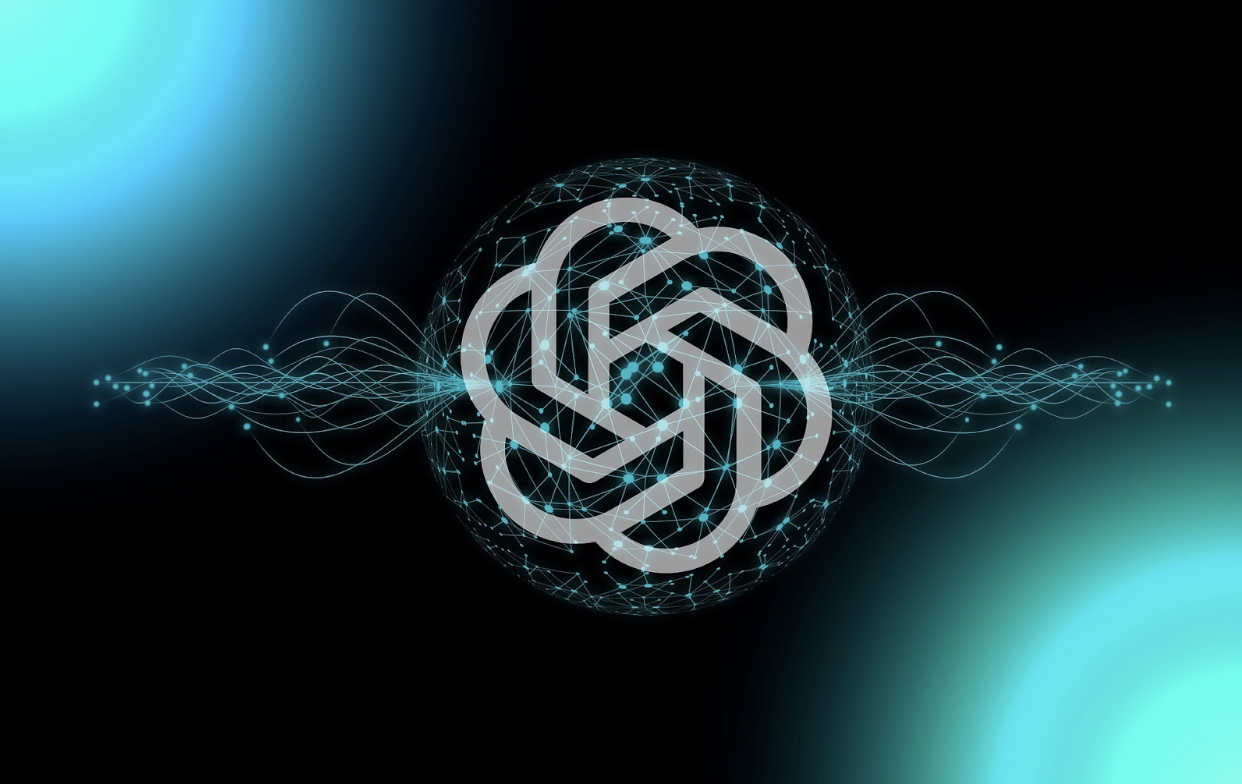The recent release of OpenAI’s ChatGPT chatbot has given us a glimpse into the future of teaching and learning alongside modern artificial intelligence (AI). Although it is not foolproof, ChatGPT’s capabilities are seemingly endless as it can generate a response that mimics human language to a variety of tasks. This includes generating content for websites, solving complex mathematical problems, providing recommendations, answering user queries, and writing songs. It even passed the Amazon Web Services Certified Cloud Practitioner exam which typically takes 2-6 months to prepare for. Perhaps what’s most alarming for many people is that the technology is still in its early stages. Its millions of users are providing more data for OpenAI to improve the chatbot and the next version of the model, GPT4, will have about 100 trillion parameters – which is approaching the number of neural connections in the human brain.
Immediately after the chatbot’s release, educators pointed out that the capabilities of ChatGPT to generate meaningful responses to assessments and exams in a human-like manner raise concerns about the ethics of using AI-generated writing to cheat on assessments in school. In many cases, it is difficult to detect plagiarism in the response that the chatbot generates.
To combat these concerns, OpenAI announced that it was developing a “digital watermark” to embed into the chatbot’s responses. This watermark would act as a type of digital signal that could identify ChatGPT’s content as AI-generated.
However, as experts have pointed out, people will likely find workarounds and it won’t be long until other AI models just as capable as ChatGPT, but without such watermarks, pop up.
How Will It Affect Education?
Both the shocking and inspiring power of AI systems, like ChatGPT, place a huge question mark over our current education and assessment practices. The current assessment system in schools and universities is mostly based on students providing some product of their learning to be graded such as an essay or written assignment. However, with the use of AI technology, these “products” can be produced to a higher standard with less effort from students and in a shorter time. This means that the product a student submits may no longer provide authentic evidence of their learning or knowledge. It’s easy to understand why educators feel threatened by ChatGPT; the chatbot can perform reasonably well across a wide variety of tasks and academic subjects, adding to administrators’ stress of checking for plagiarism as well as raising the legitimate concern of the ethics of AI-generated writing.
This chatbot also poses a problem for assessments other than written ones. Recent studies have shown that OpenAI’s GPT3 language model significantly outperformed a majority of students in introductory programming courses. Also, ChatGPT can generate screenplays and poems, and other AI programs such as DALL-E can produce high-quality art.
Hence, with the creation and future development of AI technology, higher numbers of cheaters are imminent. Due to this, many schools have already banned ChatGPT; however, the solution to this ethical problem is not a ban.
What should the response be to new AI technologies?
The first reason not to ban ChatGPT in schools is that, bluntly, it’s not going to work. Schools can block the website on school networks and school-owned devices, but students can still access it outside of the classroom. In fact, the explicit ban of ChatGPT has the potential to cause the inverse effect as students may feel further encouraged to exploit the tool behind their teachers’ backs. Instead, it is more beneficial for all parties involved if students are taught a healthy balance with AI use in classrooms.
Educators who are opposed to ChaGPT are not being irrational with their concerns as the technology has been disruptive to the traditional classroom routines and practices. However, tools like ChatGPT are not going anywhere and will only improve with time, demonstrating the biggest reason not to ban this technology from classrooms. Today’s students will graduate into a world full of AI technology like ChatGPT. They’ll need to know their way around these tools – their strengths and weaknesses – in order to work alongside them.
Moving forward, we need to find ways to integrate AI like ChatGPT into the classroom. It is essential to begin to use these tools to support teaching and learning, rather than disrupt it. For instance, instead of switching to in-class examinations to ensure that there is no use of AI, which some may be tempted to do, educators can design assessments that focus on what students need to know to be successful in the future. Also, as ChatGPT can’t emulate the process of learning, the design of assessments could shift from assessing solely the final product to assessing the entire process. In this way, the focus is placed on the student’s individual critical thinking, creativity, and problem-solving. Students could freely use AI to complete the task and still be assessed on their own merit.
The adjustment to integrate AI into classrooms won’t be easy, but schools should thoughtfully embrace ChatGPT as a teaching aid that can unlock student creativity and better prepare students to work alongside AI systems as adults.
Bibliography:
Kovanovic, Vitomir. “The dawn of AI has come, and its implications for education couldn’t be more significant.” The Conversation, 14 December 2022, https://theconversation.com/the-dawn-of-ai-has-come-and-its-implications-for-education-couldnt-be-more-significant-196383. Accessed 17 April 2023.
Roose, Kevin. “Don’t Ban ChatGPT in Schools. Teach With It.” The New York Times, 12 January 2023, https://www.nytimes.com/2023/01/12/technology/chatgpt-schools-teachers.html. Accessed 17 April 2023.

